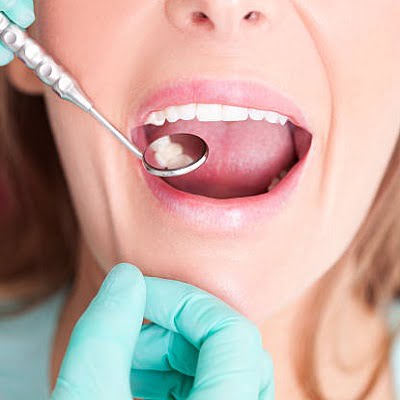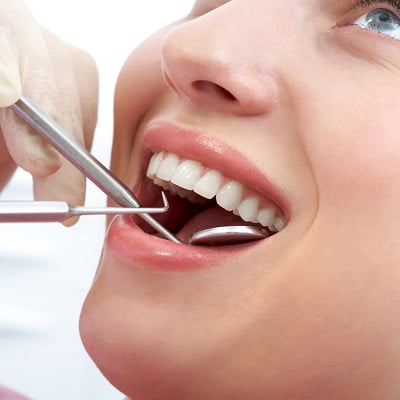
Dental fillings are a popular way to fix teeth that have been worn down, cracked, or cavity-damaged. They help in recovering functionality, avoiding more decay, and mending the tooth’s structure. It might be difficult to choose the best filler type for your dentistry needs, however, there are many kinds available. But most people ask which filling is best for teeth.
So, In this blog, we are going to discuss the best filling for teeth in Islamabad Pakistan.
Why Do You Need Dental Fillings?
Dental Fills are used to
- Fix holes brought on by tooth damage.
- Repair broken or cracked teeth.
- Repair teeth that have been worn down by grinding habits.
The size and location of the damage, your financial situation, and your tastes will all influence the sort of fill that is ideal for you.
Types of Dental Filling
The most famous fillings and their unique features are as follows:
Amalgam Fillings:
These are made of metals like copper, tin, silver, and mercury, and have been in use for over a century.
Advantages:
- These are long-lasting and strong
- less expensive than other fillers.
Cons:
- Their obvious silver hue detracts from their visual appeal.
- Contains mercury, which some patients may find worrying.
- It may gradually grow or shrink, which might result in cracks.
Composite Resin Fillings:
The tooth-colored plastic used to make composite inlays goes in perfectly with your real teeth.
Advantages:
- Because they match the color of your teeth, they have visual appeal.
- Give the tooth more strength by gluing it straight to it.
- Both front and back teeth may gain from it.
Cons:
- These are less durable than amalgam; they can only live five to ten years.
- More expensive than amalgam.
- Fillings made of clay (or china)
Ceramic (Porcelain) Fillings
People use porcelain to make clay fillers for bigger holes or where appearance is a primary concern.
Advantages:
- It gives immunity to spots, keeping their hue over time.
- Strong and, with the right care, may last for more than 15 years.
Cons:
- More expensive than other filler products.
- Needs the tooth to be prepared more thoroughly.
Gold Fillings:
Your tooth is fitted with inlays commonly known as gold linings, which are custom-made in a dental lab.
Advantages:
- Very hard, living at least 15 to 20 years.
- Able to withstand rusting.
- Some people like them because of their unusual looks.
Cons:
- Very costly, often more expensive than alternative fillers.
- Need many visits to the doctor.
- Does not have the same color as real teeth.
Ionomer Fillings for Glass:
You are suggested to have your front teeth filled with composite or ceramic fillings because they appear natural.
Advantages:
- Produces fluoride, which helps in avoiding more decay.
- Make a straight link with the tooth.
- Quick to place and well priced.
Cons:
- Less sturdy; it might break or deteriorate more quickly.
- Use is limited in areas where eating is strong.
- Less pleasing than ceramic or composite fillers.
Which Filling is Best for You?
Location of the Filling
Front teeth are suggested to be filled with composite or ceramic fillings because they appear natural. Molars or back teeth that are exposed to frequent chewing could benefit from more durable choices of refills, such as gold or mercury.
Size of the Cavity
Glass ionomer or composite fills are good choices for healing small holes.
Stronger materials, such as clay or gold, could be needed for bigger holes.
Lifespan
Fillings made of clay or gold can be worth the money if you want a long-term fix.
Despite their visual draw, composite inlays may need repair sooner rather than later.
Individual Preferences
Composite or plastic tooth-colored choices are best if looks are a worry. If strength and longevity are important to you, gold or alloy can be a better choice.
How to Care for Your Fillings
Maintaining your oral health and extending the life of your fillings may be achieved with proper care:
- Use fluoride toothpaste and brush twice a day.
- To get rid of food bits and plaque, brush every day.
- Hard foods that might harm refills, like ice or hard sweets, should not be eaten.
- For normal checks and skilled cleanings, make frequent visits to your dentist.
- If you grind your teeth, use a mouth guard to keep your fillings safe.
Final Thoughts:
The best choice for your needs relies on several factors, including cost, and longevity. There are various types of inlays you can opt for according to the condition of your teeth. For that purpose, you should visit SKN Cosmetics and consult with our best dental surgeon and find which filling could be best for you.



